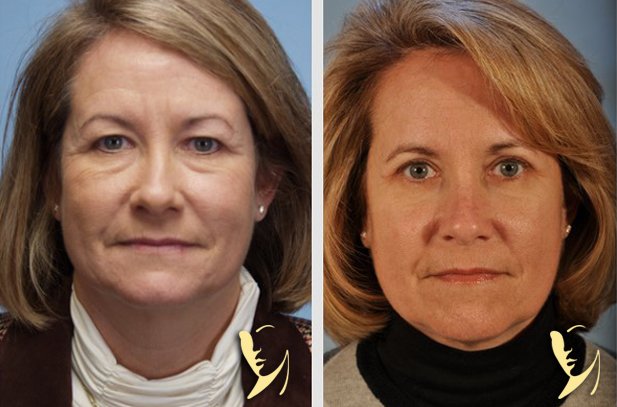Your eyes tell all. Aside from communicating what you do want others to know (such as your thoughts or expressions), your eyes also communicate what you don’t want people to know: stress, fatigue and your age.
Your eye tissue is delicate. And over time, excess or loose skin can develop above the eyelids, making them appear heavy or hooded. Simultaneously, dark or puffy bags under your lower eyelids can develop. How did your beautiful eyes become this way? Gravity, loss of skin elasticity and shifting of fat deposits. As we age, the eyelid skin stretches, muscles weaken and fat pockets become more prominent as they bulge. Sagging skin can be hereditary or exacerbated from allergies. And these conditions can detract from the overall attractiveness of your face, leaving you with a tired, stressed or older appearance.
Eyelid surgery isn’t as scary as you think – and recovery isn’t complex.
How should you prepare for eyelid surgery?
An initial consultation is the perfect opportunity to determine if you’re a good candidate for eyelid surgery. And while eyelid surgery is commonly perceived as a cosmetic procedure, the surgery may be covered by insurance if an ophthalmologist perceives that the dropping skin above your eyes is impairing your vision.
During your initial consultation, it’ll be determined if you should use local or general anesthesia. On the day of the surgery, you may or may not be advised to eat a light meal before surgery, avoid wearing makeup and make sure you have transportation to and from the doctor’s office.
What happens during surgery on your upper eyelids?
Incisions are created along the natural creases of your upper eyelids, allowing removal of excess fat, muscle and skin. Fine sutures close the incisions and are hidden in the natural crease of the upper eyelid. The result? You can return to work (7) days later without anyone really knowing why you look so rested and radiant. Then a week later, the sutures are removed.
What happens during surgery on your lower eyelids?
Similar to the process on your upper eyelids, tiny incisions are made behind the lower eyelids and fat is removed with small, surgical forceps – a technique that avoids visible scarring. And since no sutures are used, the recovery is very simple and you can return to your normal routine quickly in one week.
Sound simple? It is. And the results last. Most patients never find it necessary to have an additional eyelid surgery, plus the surgery won’t make you appear as if you’ve had “work done.” The results are natural-looking and give a well-rested appearance.
Schedule your consultation today with Dr. Burke Robinson 770-667-3090





